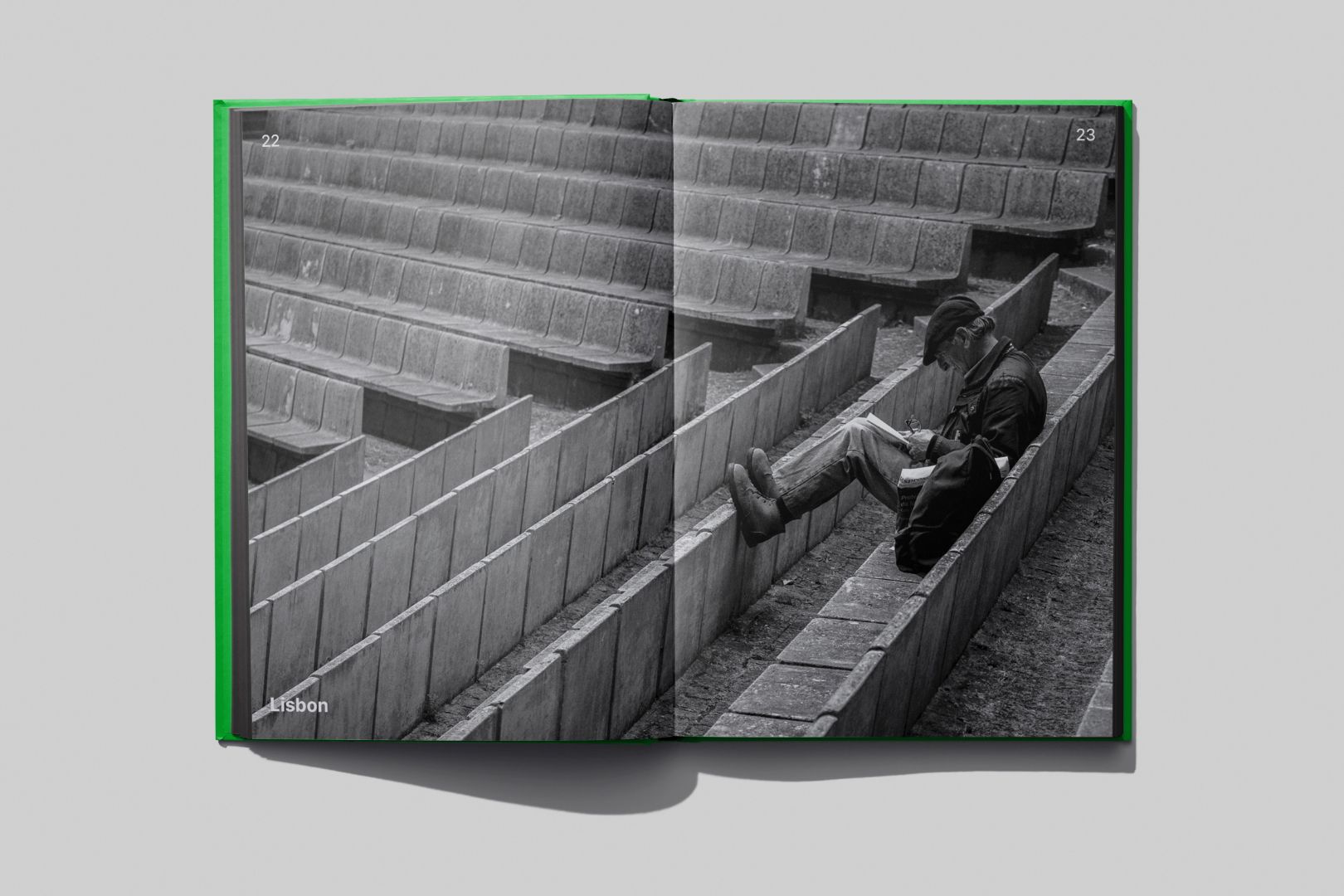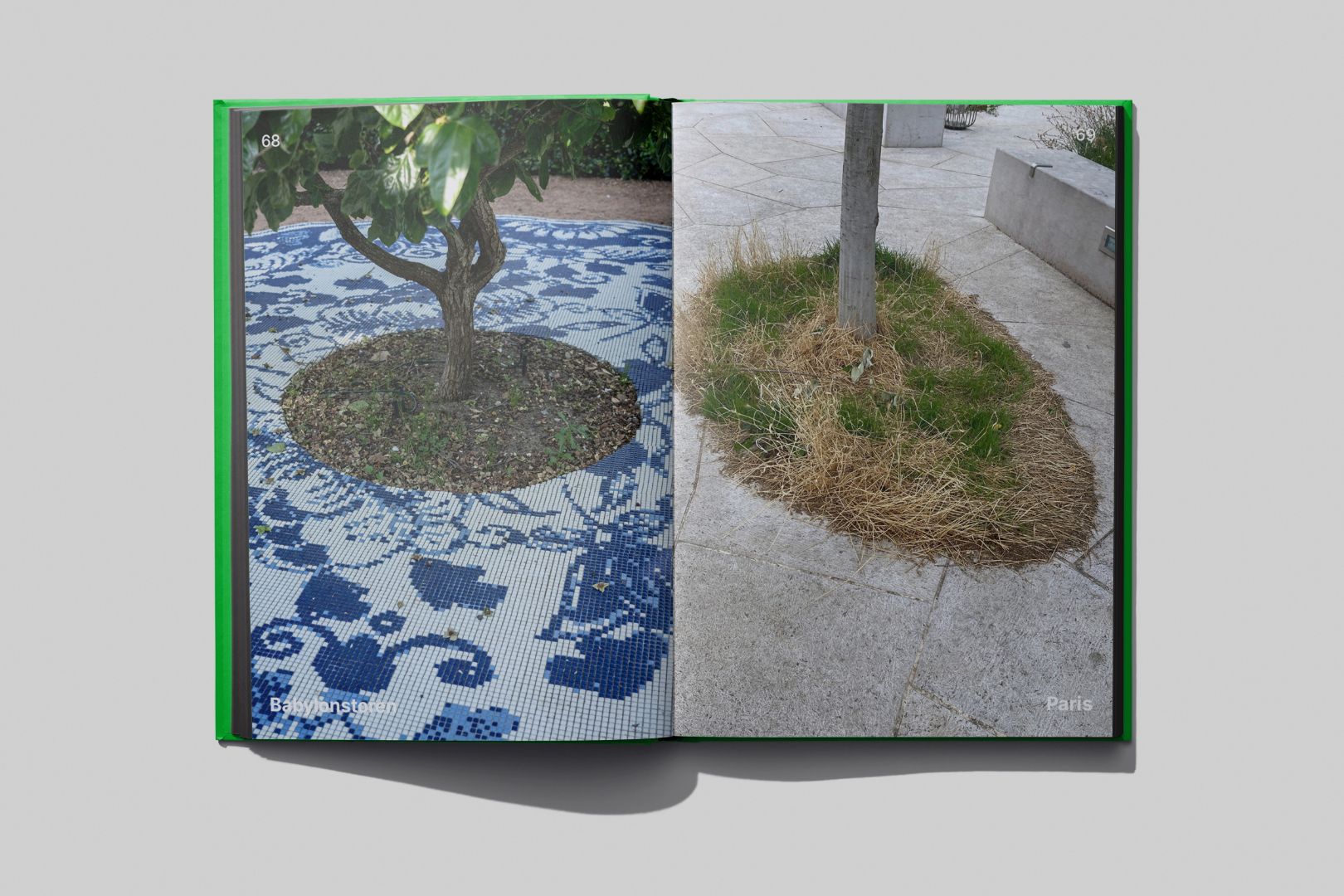Ritual studies
“I always try to improve my understanding of cultures by observing or partaking in the enactment of rituals. From the mundane to the transformative. The playful to the solemn. The quiet to the confrontational. The private to the shared."
- Karl Grøndal
The rituals shown here are:
1. A beautifully simple and inclusive expression of Carioca identity that takes place on Ipanema Beach in Rio de Janeiro. Here, hundreds of people congregate on the large rock formation Pedra do Arpoado to watch the sunset. A communal act unifying primordial sun worship with Instagram culture. Camera phones are used as ritual props, the medium for connecting with the divine – capturing it: the sublimity, the energy, the immortality.
2 and 3. Different hindu rituals in Bali where I spent a month embedded in the local village culture.
To learn how rituals can play a crucial role in brand building check the KGS-U course Brand Building.
1. A modern sun worship ritual in Rio de Janeiro

2. Prayer ritual, Bali
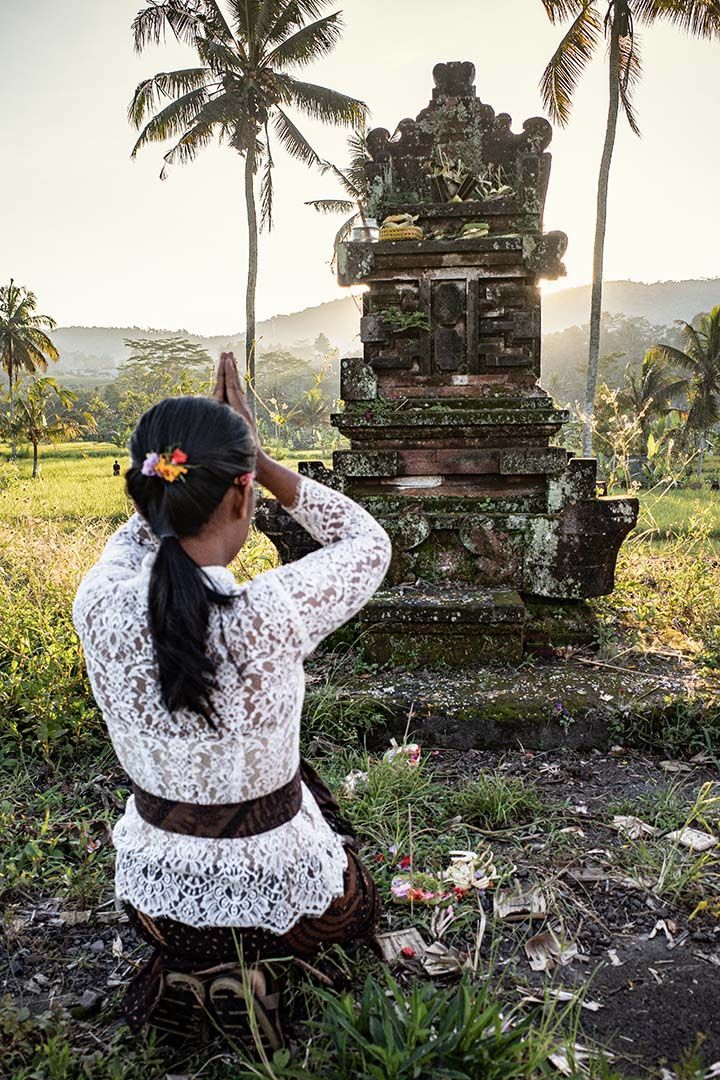
3. A cremation ceremony in Bali
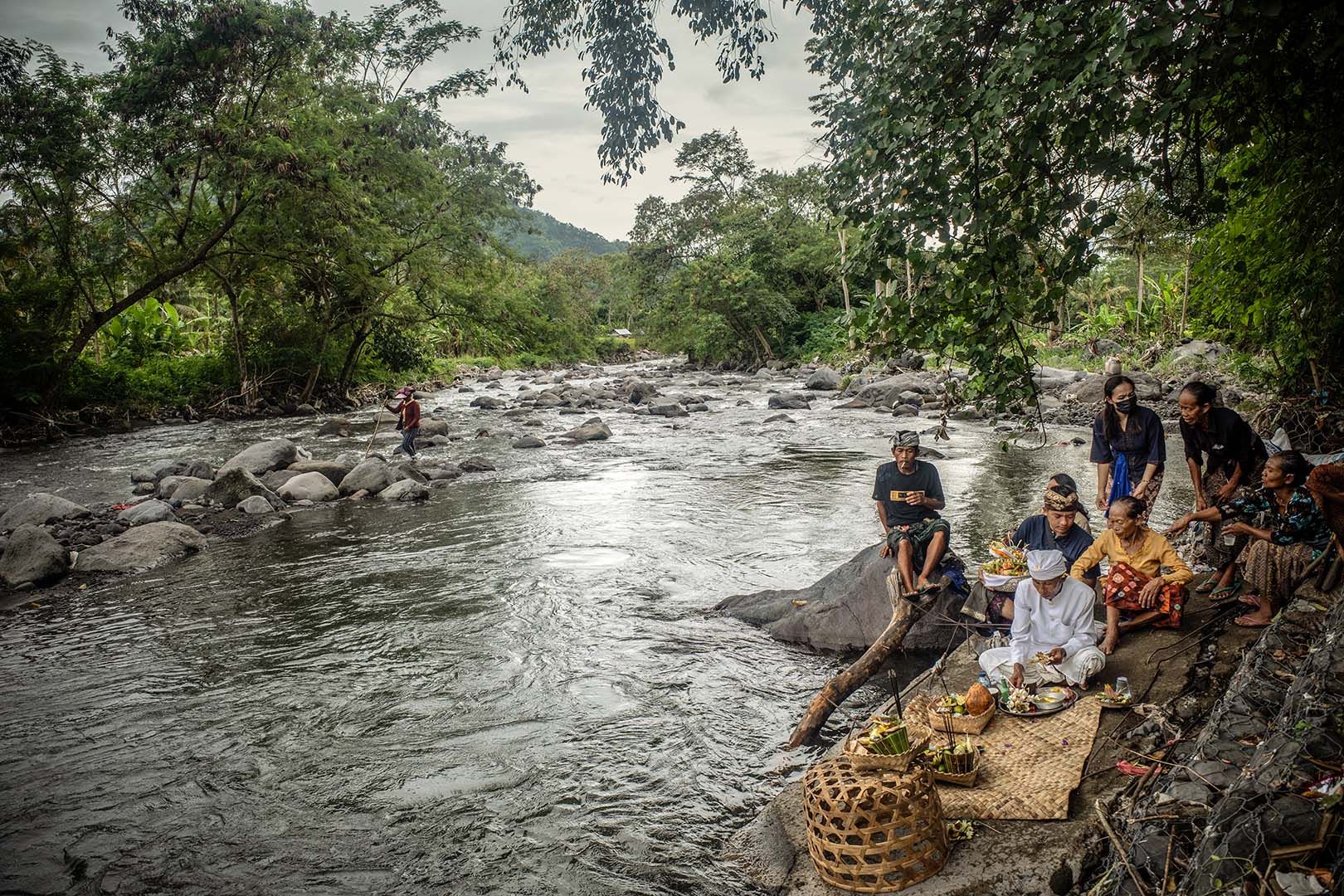
The anatomy of rituals
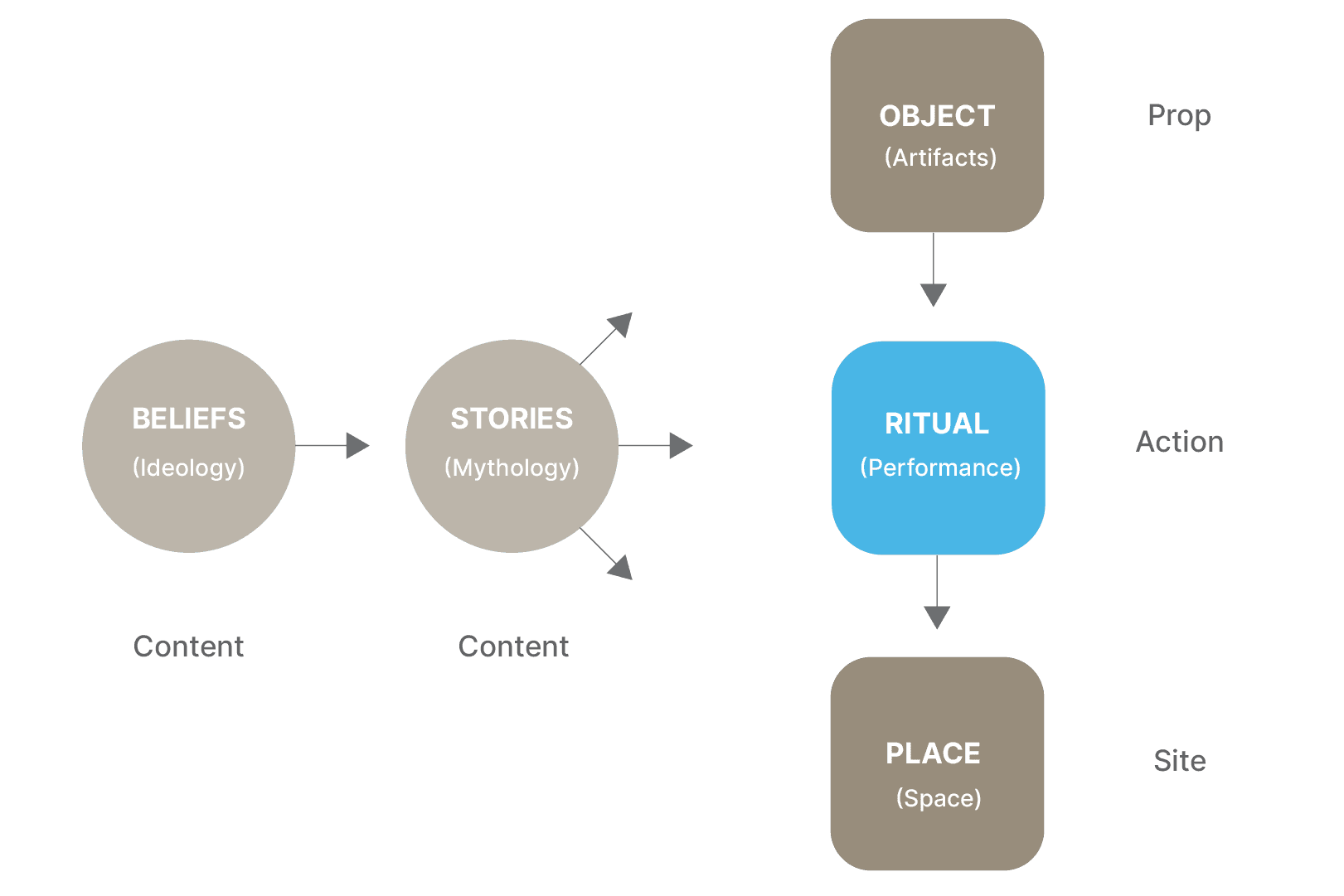
A brand manifesto by Karl Grøndal
KGS manifesto:
Brands are not persons
Branding theory and practice are often based on the notion that brands should somehow emulate human traits and behaviour. However, unscientific metaphors such as “personality” or “DNA” detach brand strategy from culture, history, and ultimately, reality. Building your brand on a foundation of unsubstantiated theory distorts the scope of creative possibilities and increases the risk of misguided strategic trajectories.
Brands are not coded with anthropomorphic DNA, but built from cultural materials, signifiers, and themes. Brands are, in the words of French semiologist Raphaël Lellouche, “transmedia cultural entities.” Brand is a cultural category. Branding is—or should be—the strategic creation of culture.
Brands evolve, like any other cultural entity, from an ideological belief system expressed creatively through inspiring mythologies, meaningful rituals, symbolic artifacts, and distinct sites. Brands should therefore be conceptualized, designed, and strategized accordingly.
Dying desire
The flaws in our fundamental ideologies that leads to ecological disasters, failing social cohesion and a declining existential sense of meaning, will be difficult to fix from outside the capitalist system, it needs to be an inside job. Capitalism is (as culture) a shared fiction and is therefore inherently flexible and can be moulded to our needs. We need to radically rethink and redefine what we consider desirable and valuable. Reevaluate and replace the beliefs and narratives we live by, to create a world where we co-exist in greater harmony with the environment and ourselves. The way we live today is not only depleting nature, but also our psyche.
French philosopher Bernard Stiegler professed that we as consumers has been ‘discharged’ of the burden and responsibility of shaping our own lives and thus reduced to units of buying power controlled by marketing techniques. That we have lost the ‘knowledge-how-to-live’ (savoir- vivre) and has become deprived of the joy of life (joie de vivre). In a world of artificial intelligence fueled algorithms this is only becoming more true.
“When desire is treated industrially, it leads to the destruction of desire” - Bernard Stiegler
Strategic culture creation
Brands have a progressive and transformative potential. Ambitious brands can be trojan horses for societal change. Brands should move beyond just reproducing existing cultural tropes, but become experimental labs authoring innovative ideologies, rituals, artifacts and sites. Brands should become generators of an ever expanding global cultural diversity. Brands should propose alternative visions for our future ideological, ecological, social and material reality. Brands needs to be part of the solution for our collective future. Drive the cultural vanguard and re-enchant the world. That being said, brands can also stay relevant and meaningful to their audience by serving a conservative purpose - upholding traditional values, protecting the brand heritage or by preserving a craft.
Brands should not only do this for the common good, but also from a self-preservation motive. Consumerism is driven by desire at its core. Consumers needs to be engaged to feel desire. Passive, homogenized, mindless consumerism will implode under its own weight of meaningless irrelevance. Doomscrolling, the default mode of consumerism today, is a conveyor belt for our minds leading straight to numb passivity and bland conformity.
Stay relevant
The most relevant brands is and will increasingly be the ones able to co-create culture in the most creative, authentic and meaningful ways. Brands that are empathetic to peoples desires and anxieties. Brands that understand, facilitate and evolve peoples identity projects. Brands that build real communities.
Brands with ambitions to shape and evolve the societal discourse.
Brands should help people find meaning and build identity by becoming trustworthy authorities. Recognizing and guiding their audiences by offering:
- Relevant and meaningful belief systems.
- Inspiring myths to escape and aspire to.
- Beautiful artifacts to express identity and signify group affiliation.
- Magical rituals to enable the enactment of beliefs.
- Shared spaces for community and belonging.
Hyperculture
In our commercialized and secularized culture I believe brands can play an active role in giving renewed meaning to our lives. We are as a society meaning-starved. Most existing rituals are empty, devoid of symbolic and mythological significance. A trend that has evolved gradually since the Nietzschean deicide reaching culmination by the end of the 20th century by the dissolution of all meta-narratives in the Lyotardian sense.
We now live in the eternal Groundhog Day of the hyperculture, where everything is consumed and regurgitated in endless cycles of sameness; where political intensity and stagnation paradoxically coexist; and where cultural superficiality has become pervasive, suffocating, and stealthily internalized.
“Hyperculturality de-facticizes, de-materializes, de-naturalizes and de-sites the world” - Byung-Chul Han
Shape the future
It’s time to reframe and reinvent the future. We need new, inspirational and humane ideologies to answer the challenges we face as a global society and as a species. The fundamentally nihilist ideologies and mechanistic doctrines guiding all parts of our lives, our current capitalist meta-belief system, does not provide that, but only deepens the need.
“What we make stands testament to who we are” - Jony Ive
The most significant brands are embedded in our collective consciousness. Ingrained in the cultural fabric, shaping our fluid, flattened and fragmented world. By building culture, brands tap into the human psyche on a fundamental level. This is a highly advantageous position, as a meaningful and relevant brand is a valuable brand. If a brand loses relevance and meaning to the core audience, it’s on a fast track to become worthless. The company might still sell products based on legacy, price or a sort of monopoly, but if nobody really cares whether the brand exists, the day a more meaningful and relevant competitor enters the marketplace the incumbent will lose. Customers will gladly pay a premium to switch.
A5/400 pages. 250 kr

About Storefronts
Storefronts is based on a research project studying retail design across the globe.
Karl Grøndal has documented a plethora of styles and concepts. From high-end brand flagships in affluent shopping areas to mom-and-pop stores in informal settlements.
Escape your algorithmic taste profiles on TikTok and Instagram and become inspired by the diversity of the real world.
The Storefronts book feature images from:
New York, Rio de Janeiro, Buenos Aires, Mexico City, Bogota, Paris, London, Rome, Milan, Brussels, Helsinki, Copenhagen, Beijing, Shanghai, Tokyo, Osaka, Kyoto, Kobe, Bangkok, Hong Kong, Cape Town and other places.
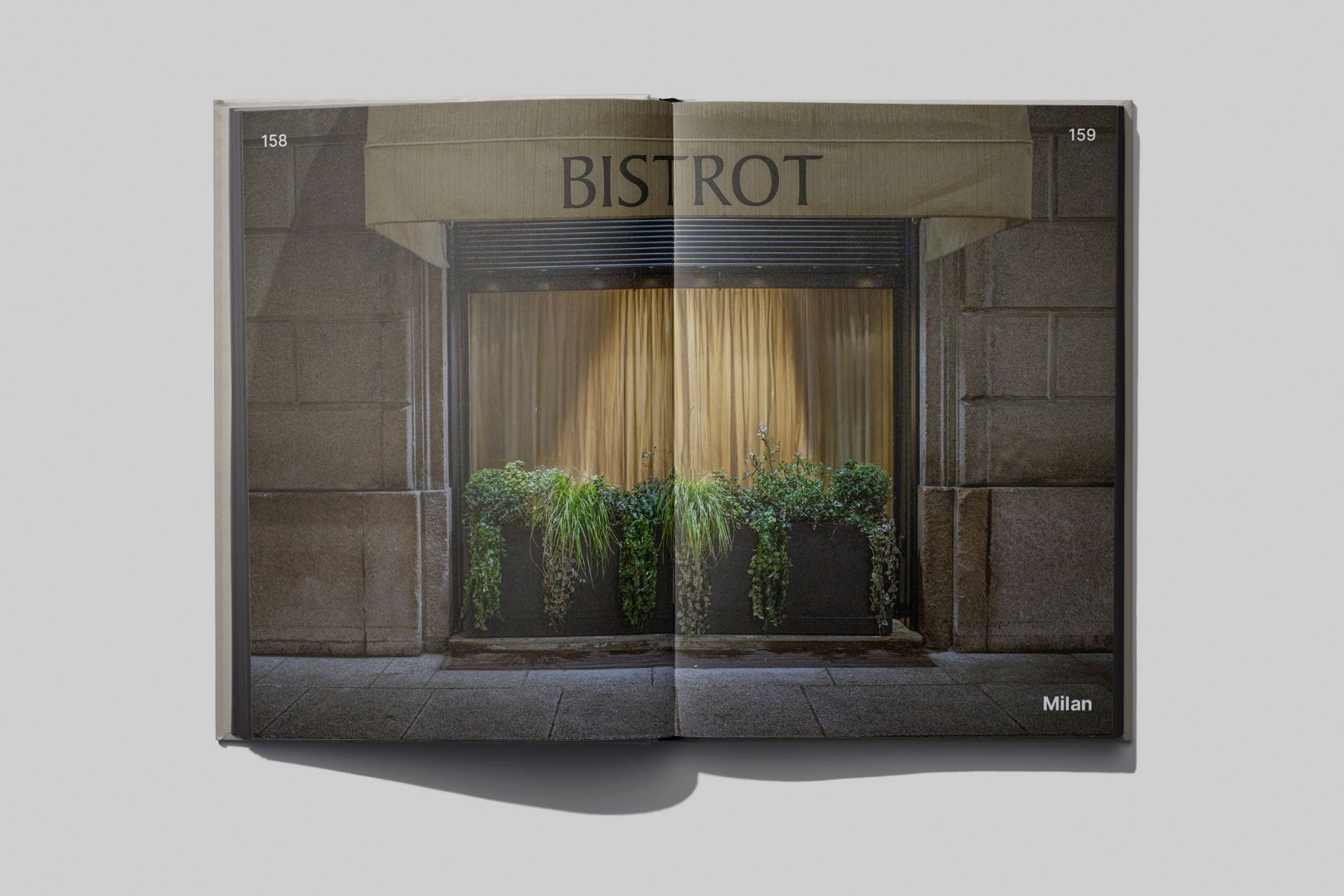

A5/400 pages. 250 kr
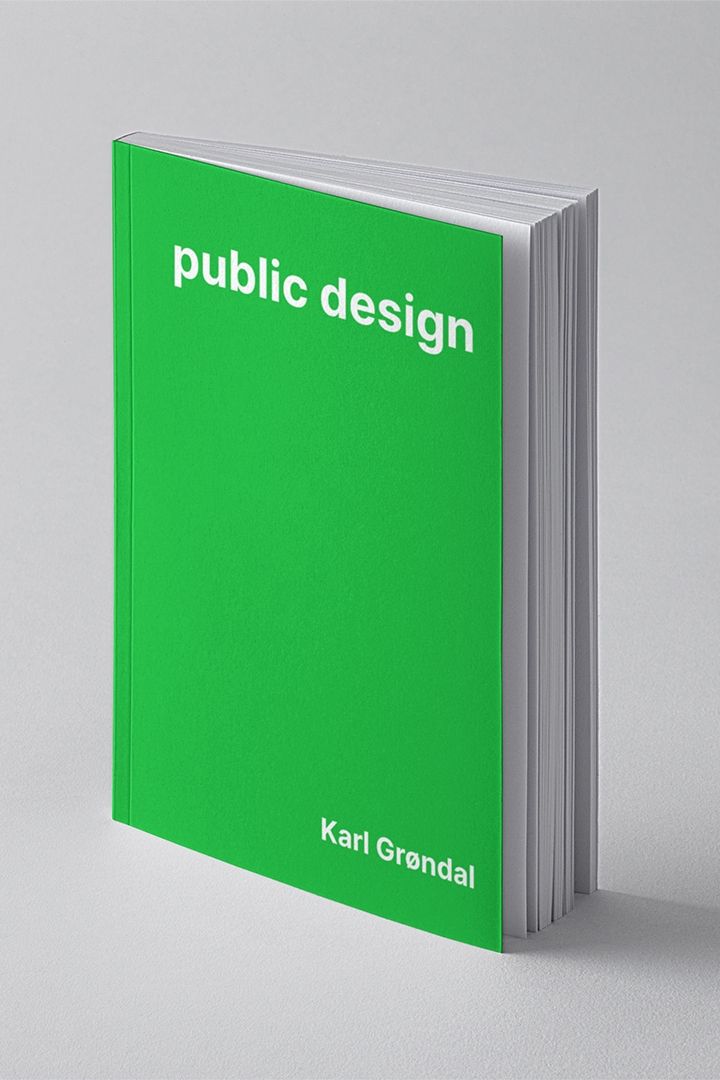
About Public Design
Public Design is based a research project studying the design of urban environments across the globe.
“An aspect of public design I find particularly fascinating is the way we enshrine nature. The quintessential modern example lies in how the Manhattan skyline frames Central Park, juxtaposing the soft, green expanse of the park against the concrete structures of the city. If you start looking for it, you will realize we enshrine and idealize nature everywhere in the urban landscape. Integrated into buildings, trees framed by cast-iron grates along the streets or just a plant in a pot. I find this combined deification and subjugation of nature profoundly human.”
- Karl Grøndal
The Public Design book feature images from:
New York, Rio de Janeiro, Buenos Aires, Mexico City, Bogota, Paris, London, Rome, Milan, Helsinki, Copenhagen, Beijing, Shanghai, Tokyo, Osaka, Kyoto, Kobe, Bangkok, Hong Kong, Cape Town and other places.
